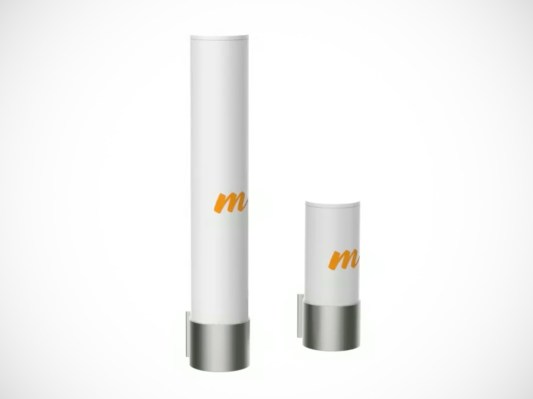A few months ago we introduced you to Mimosa Networks, a startup building products that could make ultra high-speed wireless Internet a reality. It’s getting one step closer to accomplishing that task, with the introduction of a couple of products to help new ISPs emerge and deploy broadband services without ever having to lay any fiber.
Mimosa’s pitch is that it can drastically decrease the cost of building broadband networks in rural areas or developing economies that don’t have a lot of built-out infrastructure, by moving directly to a fully mobile solution. Without having to lay fiber or purchase expensive mobile spectrum, Mimosa products will allow new ISPs to emerge and offer affordable high-speed broadband to customers.
The first products it introduced to tackle this problem were essentially mobile backhaul radios — that is, hardware which used wireless spectrum to simply get high-speed Internet into an underserved area. Now it’s announcing devices that will enable ISPs to get wireless broadband signals into consumers’ homes.
Mimosa is announcing three access point products designed to connect the so-called last mile of broadband. They range between devices that are designed for rural areas where there’s not a lot of interference, and those that would be deployed in city environments. Importantly, though, none of those access points would cost more than $1,100, which significantly changes the price structure for deploying broadband networks.
Along with the access points, it’s making available an access device that is smaller than a satellite dish and would be installed on a customer’s home. Those devices cost $99 each, which is also significantly cheaper than running a line to a new customer’s home. (By comparison, it costs about $1,200 per subscriber to run fiber to the customer premises.)
Mimosa is selling these products to ISPs, enabling them to leverage unlicensed 5GHz wireless spectrum to deploy broadband services. To enable this, Mimosa’s products use Multi-User MIMO (MU-MIMO) technology to enable multiple clients to access a single channel, and layers in RF isolation and satellite timing services to synchronize its network and avoid self-interference. It also offers up cloud services to manage subscriber capacities and network-wide spectrum.
The hope is that with these products, new ISPs will be able to emerge and offer services in places where it previously would have not been economically viable to provide broadband.
That’s a big vision, but it comes with some big backing: The company has raised a total of $38 million from New Enterprise Associates and Oak Investment Partners to bring its products to market. And now, it’s close. The company expects its first deployments to happen next year.
